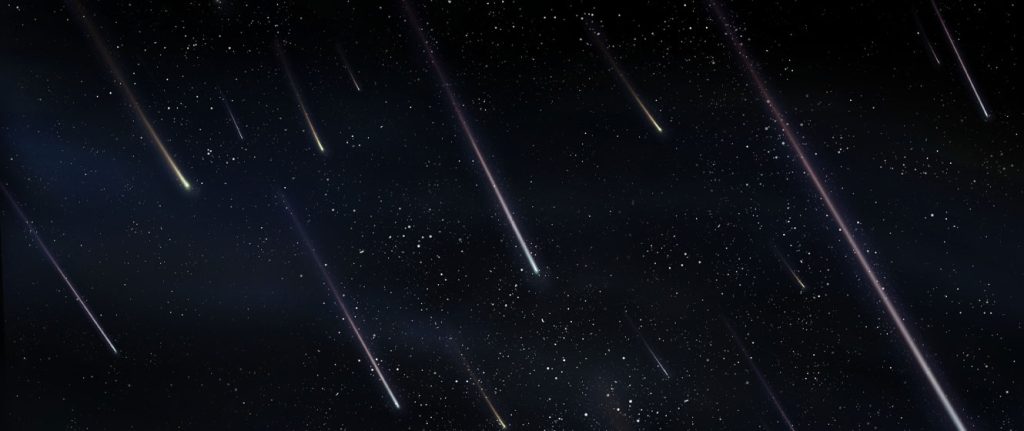Watch Out For These Astronomical Events in February 2024
30th Jan 2024
While February might not be overflowing with astronomical events, the cosmos still has a few dazzling surprises up its sleeve, offering skygazers a celestial treat worth looking out for. In this month of subtle wonders, we’ll explore the lesser-known astronomical marvels that promise to light up the night sky. Let’s see what February 2024 has in store.
α-Centaurid Meteor Shower – February 8

February and March might seem uneventful for meteor observers due to the absence of major showers. However, for those eager to try their luck, there are a couple of noteworthy opportunities. The most active shower in February is the Alpha Centaurids.
The Alpha Centaurid meteor shower, a minor annual celestial event, occurs annually from 28th January to 21st February, reaching its peak around 8th February. Though considered a minor shower with a zenith hourly rate of just six meteors, its occurrence during a new Moon phase enhances visibility. Head outside approximately two hours before dawn, focusing your gaze toward the southeast and southwest for a chance to catch these celestial phenomena.
New Moon – February 9
During the New Moon phase, the Moon aligns with the Sun on the same side of the Earth, rendering it invisible in the night sky. This alignment, occurring at 23:00 UTC, provides the optimal conditions for observing faint celestial objects like galaxies and star clusters due to the absence of moonlight interference.
Moon at Perigee – February 10
Perigee marks the Moon’s closest approach to Earth in its orbit. On this date, the Moon will be at its closest, approximately 358,088 kilometers away. When this alignment synchronises with a Full Moon, it is commonly termed a “Supermoon” because the apparent size of the Moon is much larger than usual.
Planetary Conjunction – February 22
Venus and Mars will form a planetary conjunction, with Venus positioned approximately 0.6 degrees north of Mars. Conjunctions such as this create visually striking events for observers as two celestial objects appear closely aligned in the sky.
Full Moon – February 24
The second full Moon of the year, known as the Snow Moon, will reach its peak brightness towards the conclusion of the shortest month. At around 12:30 a.m. London time, it will attain full status. The moniker “Snow Moon” is derived from February’s typical cold climate and abundant snow in northern latitudes. If the Moon appears to you smaller and less striking than usual, it’s because it is currently at one of its farthest points from Earth, earning it the term “micromoon.”
![Beauty of the Pink Moon And Lyrid Meteor Shower in This Week’s Best Astrophotos [19-26 April] Beauty of the Pink Moon And Lyrid Meteor Shower in This Week’s Best Astrophotos [19-26 April]](https://orbitaltoday.com/wp-content/uploads/2024/04/Pink-Moon-is-on-its-way-above-the-mountains-1-300x300.jpg)





Thank you for your comment! It will be visible on the site after moderation.